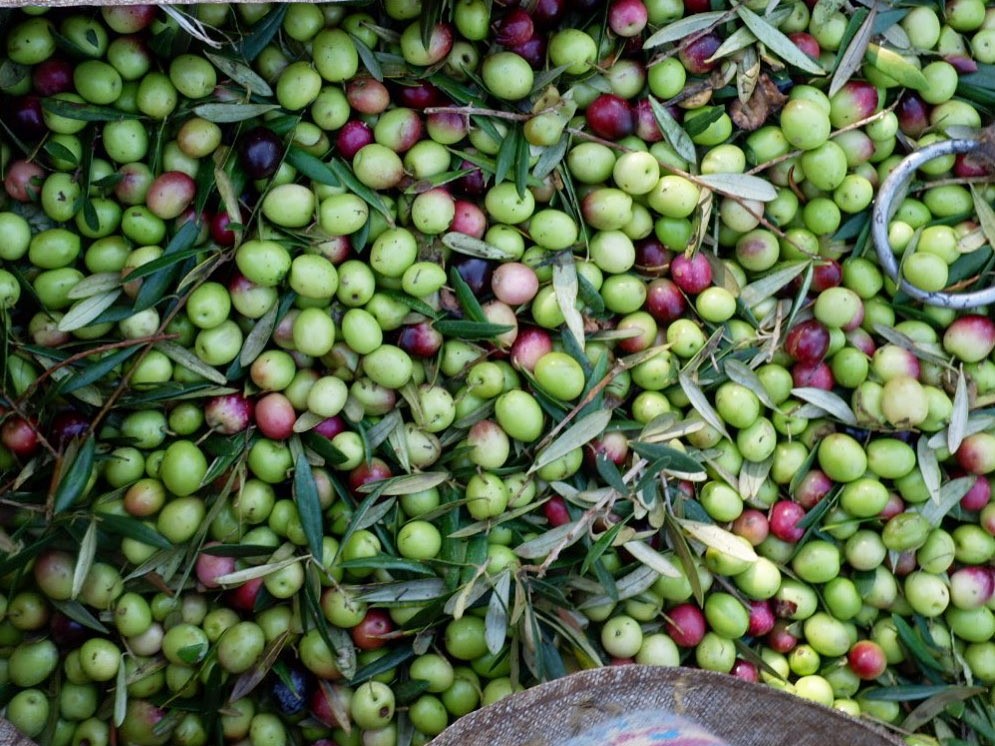Olive productivity for olive oil is expected to rise 20% this year, compared to 2022, to 2.495 kilograms per hectare, according to agricultural forecasts from the National Statistics Institute (INE).
Although it is a harvest year, the heat during the flowering and setting of the fruit «compromised some production» of olives for oil, INE predicts a 20% increase in this production.
While production in 2022 was 2.079 kilograms per hectare, in 2023 the statistical institute predicts production of 2.495 kilograms per hectare, still 3% above the five-year average.
In the case of table olives, INE also expects a 20% increase year-on-year, to 2.905 kilograms per hectare, against 2.421 kilograms per hectare.
«In traditional olive groves, productivity is expected to be much higher than that seen in 2022, but in intensive olive groves in full production, productivity is expected to stabilize», adds INE in a statement released today.
INE states that “many recently planted intensive olive groves continue to come into production”.
Among the variety harvests, the arbequina harvest has already been completed, while the galega and cobrançosa harvest continues to take place.
The operation of the olive oil mills began earlier due to “the advance in the vegetative cycle of the olive trees”.
INE noted that forecasts point to a reversal of the meteorological drought situation in most of the continental territory, with a weak drought persisting at 12,8% in Setúbal, Beja and Faro.
In kiwi, the outlook is for production to be close to that of the last two years, while almonds had the highest production ever, totaling 53 thousand tons – «due to the entry into cruise production of many orchards, mostly located in Alentejo».
Weather conditions have promoted more cases of septoria in the case of chestnuts, which are expected to record, for the second consecutive year, “significant decreases in production (-33%, compared to the average of the last five years)”.
The end of the irrigated spring crop campaign confirmed higher productions than last year in the case of tomatoes (1,68 million tons, +32%), while corn for grain grew by 5% and rice by 10%.
Rice production, despite having its harvest conditioned by rain, is expected to increase 10% to 171 thousand tons.
The 30% decrease in sunflower production, compared to 2022, is exclusively due to the reduction in area. In the case of pome fruit, such as apples or pears, there was a negative balance of the latter for the second consecutive year
According to INE, the rains and high temperatures in October promoted favorable conditions for the germination of spontaneous herbs, which boosted good regeneration and vegetative development of natural dryland pastures.



















Comments